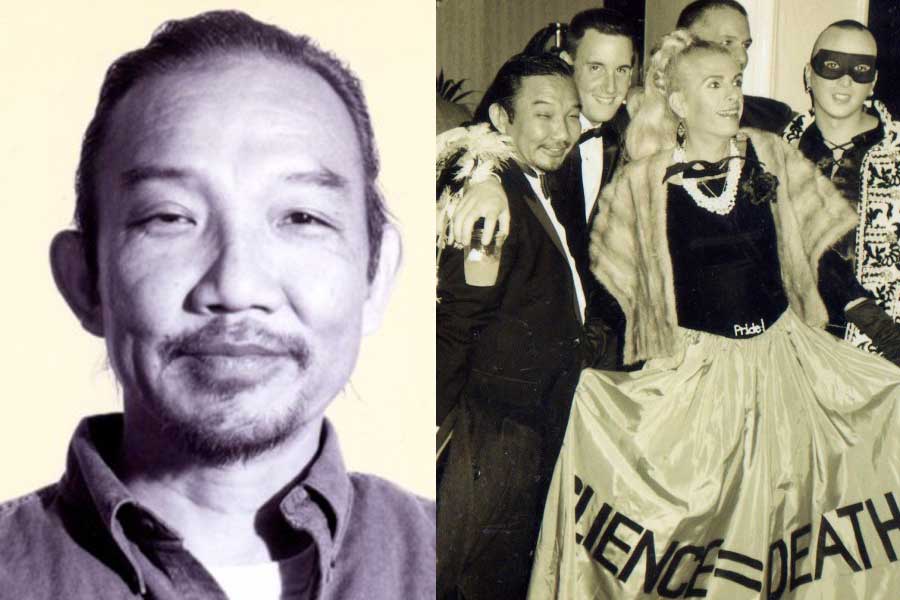The William Way LGBT Community Center is shining a light on the life and activism of the late Kiyoshi Kuromiya with its upcoming “Critical Paths” exhibition.
Born in a Japanese internment camp in Wyoming during World War II, Kuromiya went on to become one of the first openly gay Asian-American public voices in the United States and campaigned tirelessly for social change on issues including civil rights, nuclear disarmament and, in his later years, HIV/AIDS activism.
David Acosta, the curator of the exhibition, which is named after the Critical Path Project and newsletter — one of the earliest and most comprehensive sources of HIV treatment information — said this new historical exhibition focuses on the inter-sectionalities that drove Kuromiya’s work.
“The purpose of the exhibition is to look at the idea that oftentimes activists of color bring multiple viewpoints and multiple concerns to the table because of the inter-sectionalities of race, national origin and gender,” Acosta said. “Because he was a Japanese-American and born in an internment camp during the war, that experience touched him deeply and created some of the concerns he would go on to address through his social activism: anti-discrimination, anti-war, anti-nuclear arms because of the bombing of Hiroshima and Nagasaki. He brought a great number of concerns to the work that he did towards self-liberation, both himself as well as creating a more just world.”
When we spoke to Acosta, he was still sifting through a lot of archival materials and footage about Kuromiya for the exhibition.
“There was a lot of material [to sort through] and a lot of research online, and then of course listening to four-hours’ worth of tapes,” Acosta said. “Then reading through magazines and newspaper stories done on him. I’m still not quite yet finished. I have to peruse some additional boxes of the William Way archives. I’ve done about half of them already. Then we’ll be looking at some film where he’s interviewed just to round it out and to make sure than there are no elements missing. So there is a lot of background research.”
Acosta believes people who are familiar with Kuromiya’s activism and younger activists alike should be able to connect and relate with the wealth of multimedia history on display in the exhibition.
“I think the exhibition will allow people to see the breadth and scope of all the areas he was involved in,” he said. “It’s historical in nature so it’s a way to be able to highlight how he was able to connect as part of the work he did. It wasn’t just HIV/AIDS and civil rights, it was a host of issues that were of concern to him. We’d like to introduce Kiyoshi to a younger generation of activists who may not know about his work. For folks who may know him more through his HIV/AIDS work in the 1990s through Critical Path, they may not necessarily know his work around educational reform or his work in civil rights. Hopefully, it will create a more holistic picture of his engagement on multiple fronts because he actually understood in critical ways how all these things are connected and how it was futile to just fight on one front and be single-issue-oriented.”
The William Way LGBT Community Center presents “Critical Paths” Oct. 22-Dec. 14 at 1315 Spruce St. For more information, visit www.waygay.org.
